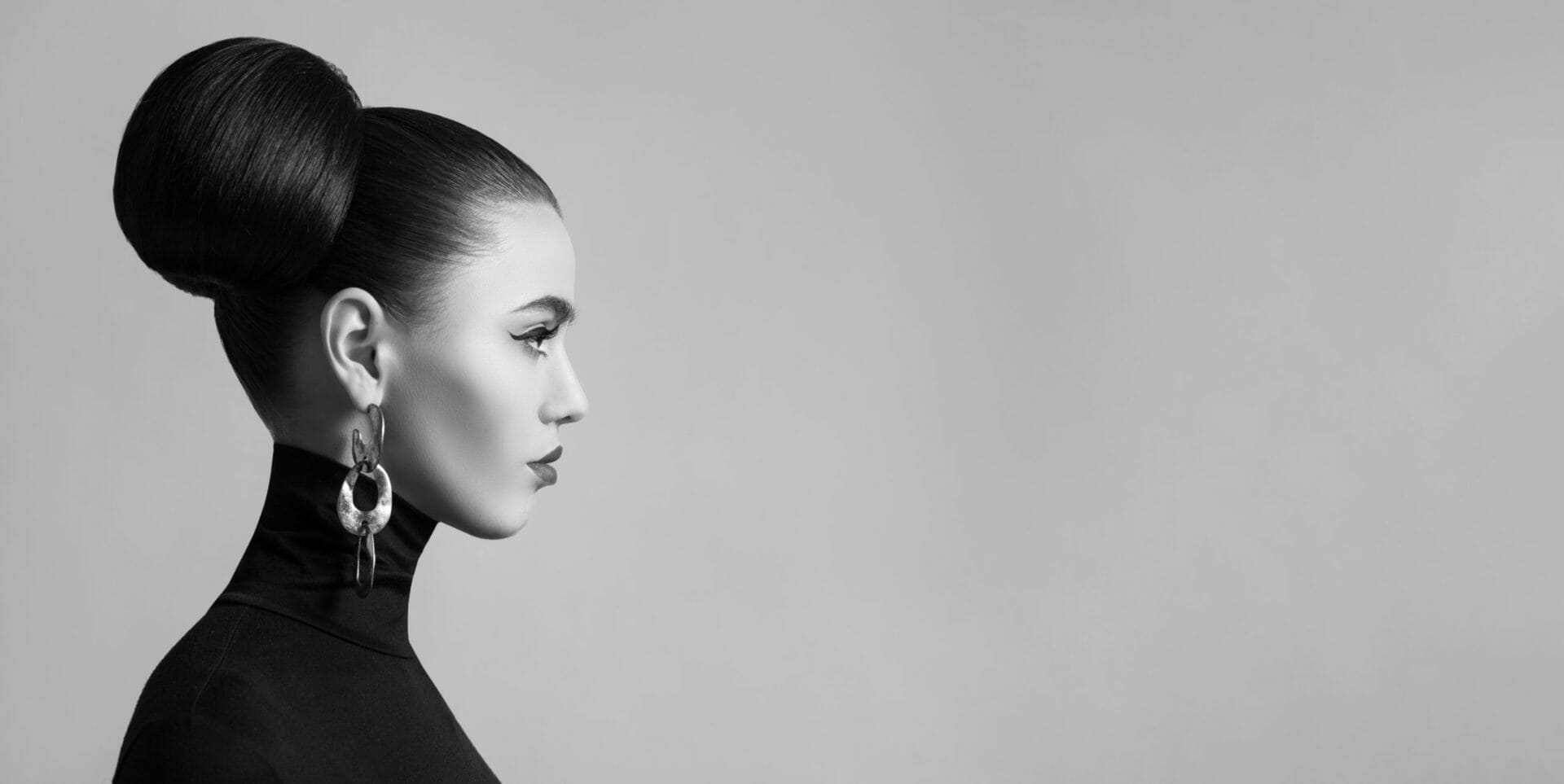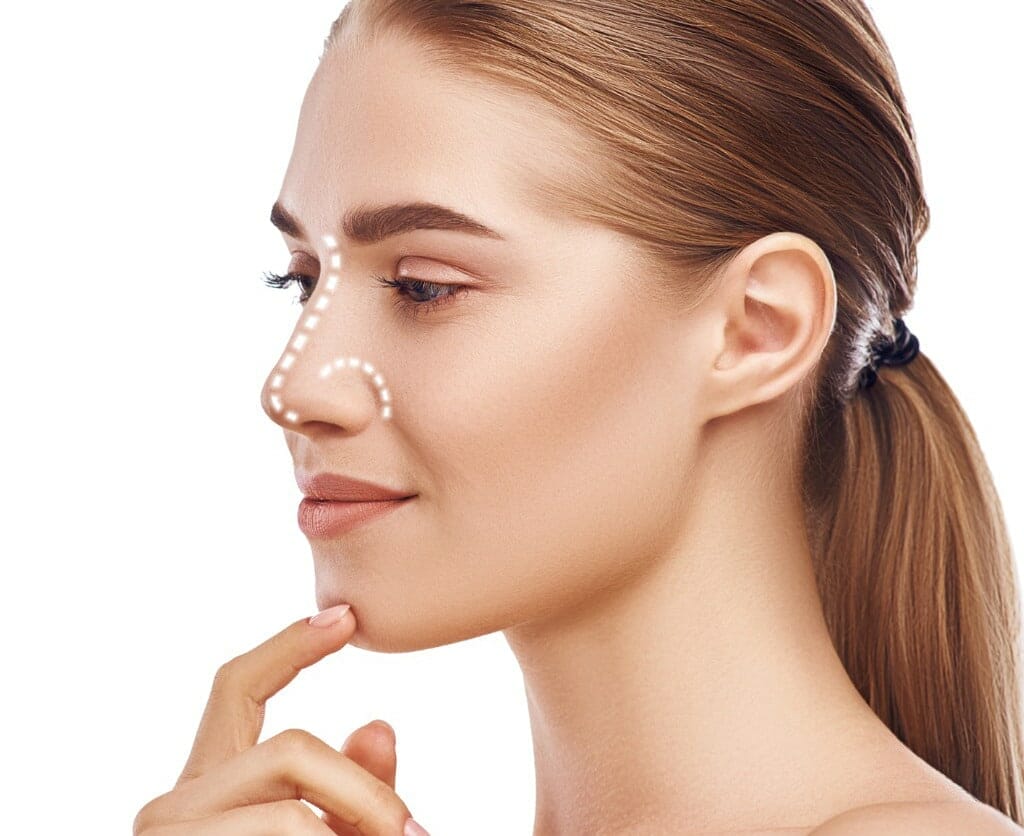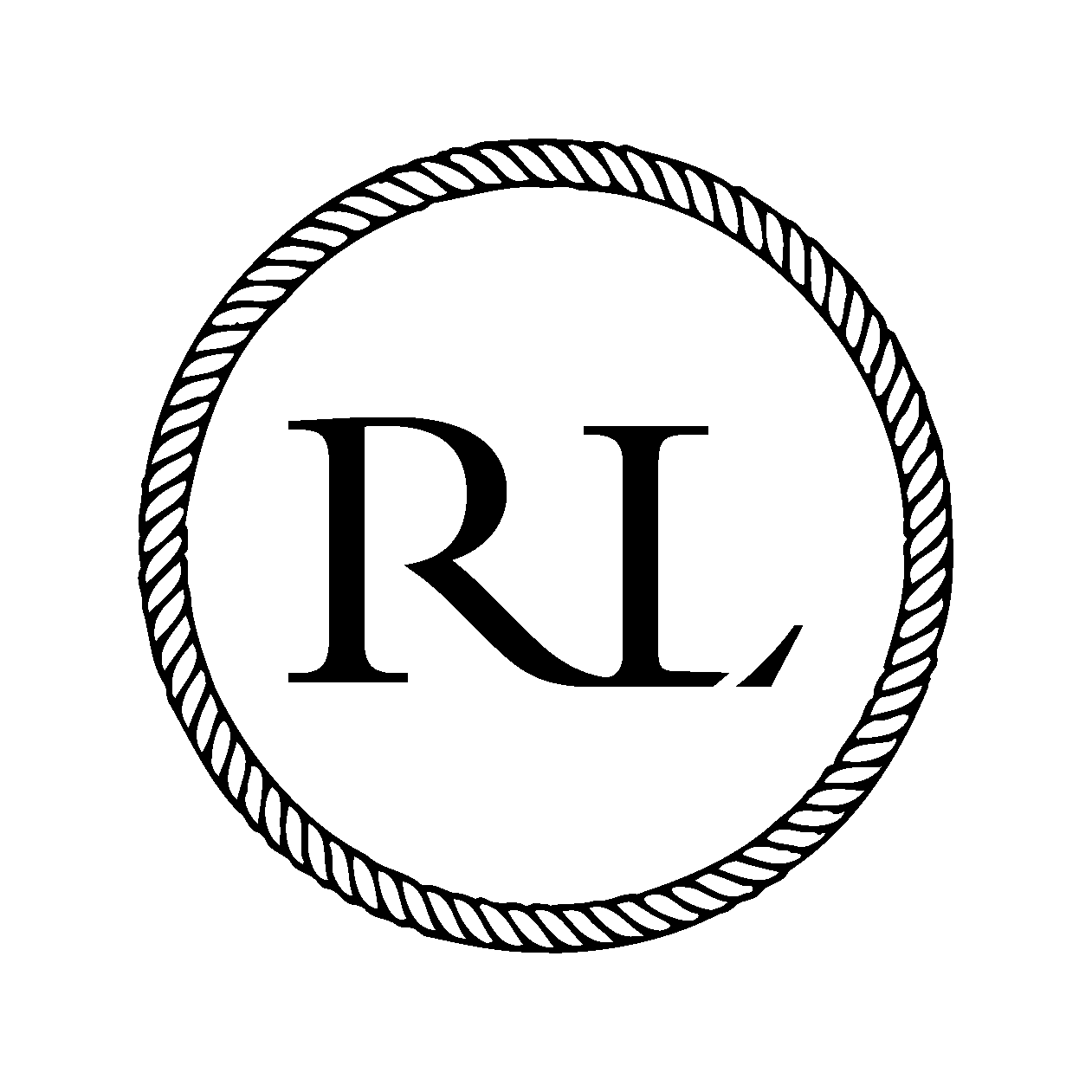How Much Is a Nose Job in the UK?

The nose is the central feature of the face. A slight change in its shape and size can significantly change a person’s appearance.
This is what a nose job does.
A nose job, also known as rhinoplasty, is performed to change the shape and size of the nose. It can also correct various functional issues, such as impaired breathing, a birth defect, crooked nose, and bridge bumps.
Rhinoplasty is considered a relatively low-risk procedure and can provide you with excellent results. Increasingly many people are getting a nose job to improve their appearance. According to the BAAPS (British Association of Aesthetic Plastic Surgeons), a total of 2,831 rhinoplasty procedures were performed in 2018 in the UK, out of which 2,260 were women, and 571 were men.
The cost of a nose job in the UK
starts from £5-7,000 and goes up to several pounds. But what exactly does the procedure involve, and how can you speed up your recovery process? Let’s explore the answers in this blog post.
What Can Rhinoplasty Treat?
- Deviated nose
- Nasal hump or bump
- Nasal tip shape
- Wide nose
How Much Does Nose job Cost in the UK?
The cost of a nose job in the UK varies depending on:
- Clinic’s location
- Surgeon’s experience
- Type of nose
- The complexity of the procedure
- Anaesthesia fees
- Facility fees
Typically, the cost of primary (first) rhinoplasty ranges between £7,000 and £10,000. To know the rhinoplasty cost as per your requirements, contact our experts.

At Rhinoplasty LDN, Mr Lakhani will have an honest and open conversation with you about the procedure and what results can be possible.
A Guide to the Rhinoplasty Procedure
-
Open Rhinoplasty
Open rhinoplasty is usually performed when easier access to the surgery site and more visibility of the area to be treated is required. During the procedure, the surgeon will make an incision at the base of the columella. Then, the surgeon will lift the skin on the nose and sculpt the tissue and cartilage as per the plan.
-
Closed Rhinoplasty
Closed rhinoplasty is a good option for minor corrections and reshaping. The surgeon will make small incisions along the inside rim of the nostril. The method is less invasive, meaning less healing time and reduced swelling.
-
Nasal Septoplasty
Nasal septoplasty is performed to correct a deviated or crooked septum. The procedure involves straightening the cartilage and bones which divide the nostrils (septum).
-
Nasal Valve Repair
Nasal valve repair is performed to enlarge or strengthen abnormally narrow places within the nose. It can be performed in conjunction with septoplasty.
-
Inferior Turbinate Reduction
This procedure is performed to address membrane-covered bony structures that can become enlarged due to inflammation problems and allergies.
-
Cartilage Grafts
Cartilage grafts are used to support and strengthen the nose during nasal way surgery or rhinoplasty. Usually, grafts are taken from the chest wall (rib cage), the nasal septum or behind the ear.
Type of Grafts
-
Onlay Grafts
Onlay grafts are one of the most commonly used grafts. These grafts can be used in both open and closed rhinoplasty and placed on the domal area.
-
Radix Grafts
These grafts are placed in the upper portion of the nose – where the nose meets the forehead. Radix grafts are composed of fascia (tissue covering), cartilage or other soft tissue. These grafts are placed below the muscle and skin of the nose, where it is camouflaged very nicely.
-
Shield Grafts
These grafts are known as shields due to their shape, which is similar to a shield. Shield grafts are true for patients lacking projection in the nasal tip lobule. These grafts improve the appearance that satisfies the aesthetic criteria in all cases. The best part is that there are fewer complications and the results are more natural and pleasing.
-
Spreader Grafts
Spreader grafts are cartilage grafts that help prevent some postoperative rhinoplasty deformities. These grafts are placed between the nasal septum high up and the upper lateral cartilage which forms the soft side wall of the nose.
These grafts can be used to:
- Create noses that look wide from the front view
- Straighten a crooked nose
- Prevent “inverted V deformities”
- Increase the length of the short nose
- Create nice “brow-tip aesthetic lines”
-
Composite Grafts
Composite grafts are usually grafted from the ears. These grafts are used to correct retracted or notched nostril margins and nostril scarring.
-
Crural Strut Grafts
These grafts are helpful for repositioning, reshaping, and reconstructing the lateral crura. Crural strut grafts are used to correct deformities such as nostril cartilage malposition, nostril cartilage concavity, bulbous nasal tip, nostril retraction, and collapsed external nostril.
-
Caudal Extension Grafts
Caudal extension grafts are useful for increasing the nose and septum length. These grafts are usually taken from the rib cartilage or from the septum itself.
-
Batten Grafts
Batten grafts are used to prevent pinching or collapse and support the side wall nose cartilage.
-
Columellar Struts
These grafts are about 4mm x 2cm cartilage grafts placed into a precise pocket in closed rhinoplasty or sutured in open rhinoplasty. The surgeon uses columellar struts to lift a sagging columella, support the tip of the nose, and avoid destabilisation of the nose tip.
-
Dorsal Augmentation Grafts
These grafts are used to improve nasal bridge contour, nasal tip support, and tip projection and definition.
-
Alar Rim Grafts
These grafts are also known as alar contour grafts. Alar rim grafts help in improving the triangularity of the nose. These grafts are placed in the most caudal aspect of the nasal ala.
Alar rim grafts are usually made of septal, ear, or costal cartilage.
What Can You Expect After the Nose Job?
You may experience congestion in the nose because of swelling or from the splints placed inside your nose.
In addition, you may experience drainage of old blood and mucus and slight bleeding for a couple of days, which is common. To absorb the drainage, your surgeon will place a “drip pad” – a small piece of gauze – under your nose.
Black-and-blue discolouration of your eyelids can occur for two to three weeks after the procedure.
Rhinoplasty Aftercare
- Ensure that you maintain the correct body posture. It is critical to raise your head higher than your chest when sleeping for a few days to minimise bleeding and swelling.
- Instead of a bath, take a shower for a few days after the rhinoplasty and avoid getting your nose wet.
- Allow your body to rest and recover. While your nose is healing, activities such as aerobics and jogging should be avoided.
- Do not blow your nose. You should avoid doing this for 7 to 10 days following the procedure. Blowing your nose can affect the healing process.
- Use SPF 30 sunscreen, especially when you go outside, to prevent permanent irregular discolouration in your nose’s skin. However, sunscreen should only be applied once your nasal dressing has been removed.
- Eat healthy and high-fibre fruits and vegetables to speed up healing.
- Don’t rest your sunglasses or eyeglasses on your nose for at least four weeks after the procedure to prevent pressure on your nose. Instead, you can tape the glasses to your forehead or use contact lenses.
Takeaway!
Rhinoplasty is a good option for those who want to reshape their nose to improve its appearance and function. It is one of the most common cosmetic procedures performed across the world.
Talking about its cost, you can expect anywhere between £7,000 and £10,000. You can contact our experts. We will conduct a physical examination and know about your motivations and goals. Based on physical examination and using computer software, we will tell you what kind of results are possible, how long the procedure will take, and how we will do it.
At Rhinoplasty LDN, we offer specialised techniques and approaches to reduce the healing time and procedure complexities. We will tailor the best possible plan that fits your requirements to provide you with the desired results. Also, we offer personalised care that will speed up your healing process.
FAQs
The average cost of a nose job in the UK ranges from £7,000 to £10,000, depending on your surgeon’s expertise, the complexity of the procedure, and where it’s done.
